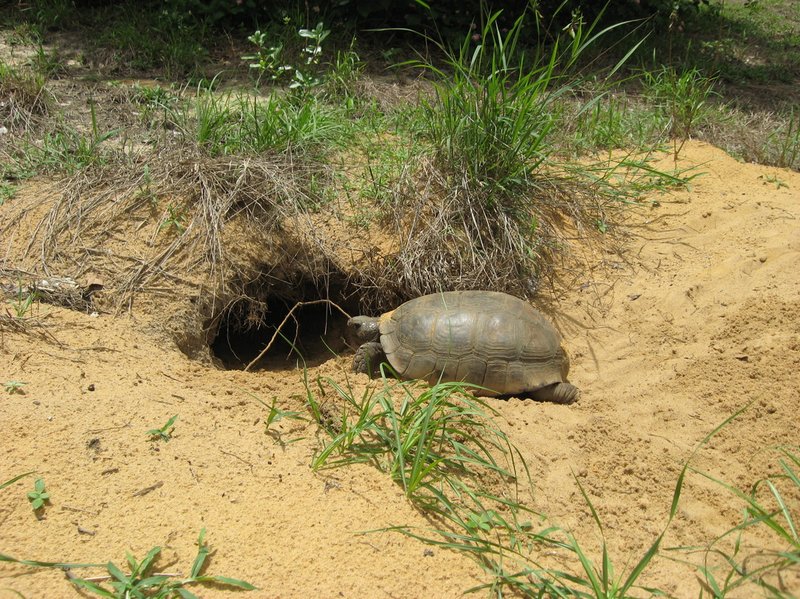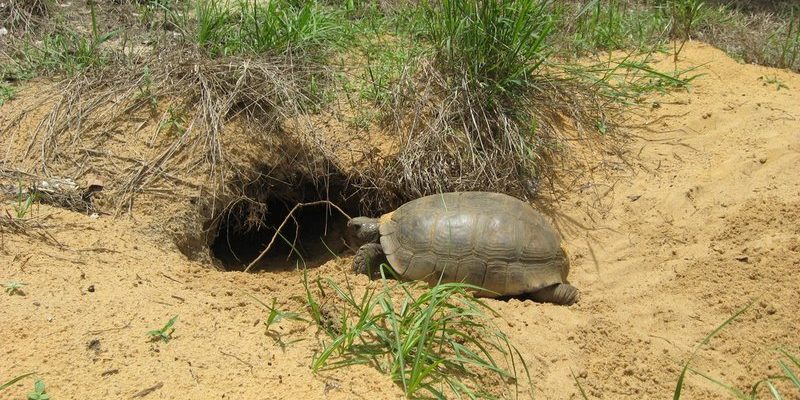
Imagine living in a place where the weather can swing from scalding hot days to freezing nights. This is the everyday reality for the Russian tortoise. Found primarily in the dry, rocky regions of Central Asia, these tortoises have evolved some incredible traits to help them cope with life in the wild. Let’s dive into the specifics of what makes the Russian tortoise such a fascinating example of adaptation.
1. A Shell That’s More Than Just Armor
The first thing you notice about a Russian tortoise is its shell—a stunning combination of strength and design. This hard exterior isn’t just for show; it serves multiple purposes. You might think of it as a portable house, sheltering the tortoise from predators and extreme weather. The shell is made of bony plates covered by a hard layer of keratin, making it tough enough to withstand bites from hungry animals.
But there’s more! The shape of their shell is unique: it’s domed, which helps to deflect potential threats. Predators often prefer softer-bodied prey, so this design is a lifesaver. The tortoise can tuck its head and legs inside, effectively sealing off its vulnerable parts. It’s like an armored vehicle that can retract into its shell during a crisis.
Furthermore, the shell plays a role in thermoregulation. The Russian tortoise can bask in the sun to absorb heat, and when temperatures drop, it can retreat into the coolness of its shell. This balance is crucial for maintaining the right body temperature, especially in a place where the days can be scorching and the nights frigid.
2. Burrowing: A Smart Strategy for Survival
Another fascinating adaptation is the Russian tortoise’s ability to burrow. These tortoises dig deep into the ground, creating a cozy underground home. This behavior isn’t just for fun; it’s a smart way to escape the harsh desert climate. During the hottest months, a burrow can provide shade and maintain a stable temperature.
You might be wondering why burrowing is so important. Well, during the summer, temperatures can soar beyond what’s comfortable for these critters. By burrowing down, they reduce their exposure to heat and minimize water loss. It’s like having a built-in climate control system!
In colder months, these burrows also serve as a safe haven. The tortoise can go into brumation, a kind of hibernation where its metabolism slows down significantly. This means it doesn’t need to eat regularly, which is a lifesaver when food is scarce. By simply retreating underground, the tortoise is able to weather the tough seasons with ease.
3. Exceptional Diet: Mastering the Art of Herbivory
Diet is crucial for any animal’s survival, and the Russian tortoise has adapted to thrive on a herbivorous diet. These tortoises primarily eat grasses, herbs, and leafy greens. Their digestive system is specially designed to handle tough plant materials, allowing them to extract maximum nutrition from their food.
One interesting aspect of their diet is the ability to go long periods without water. Russian tortoises can store moisture from their food, making them well-suited for dry habitats. This adaptation is especially important when water sources are infrequent. Think about it: while other animals may be scrounging for hydration, the Russian tortoise is comfortably munching away.
Additionally, their herbivorous lifestyle reduces competition with many other animals that might be hunting for insects or other protein sources. In essence, they’ve carved out their niche, allowing them to flourish in their environment without too much hassle.
4. Behavior and Social Dynamics: The Power of Solitude
Unlike some social animals that rely on group dynamics for protection, the Russian tortoise is more of a lone wolf—well, a lone tortoise, to be accurate. Their solitary nature offers a unique survival advantage. By keeping to themselves, they reduce the risk of attracting predators that might target a group.
This also aligns with their breeding habits. When it comes time to mate, the males will engage in a unique courtship ritual, but once it’s over, both parties typically go their separate ways. This reduces the chances of conflict over territory or food. It’s a low-maintenance lifestyle that fits their survival strategy perfectly.
Their calm demeanor also helps. Russian tortoises are generally not aggressive and will often retreat into their shells when threatened. This non-confrontational approach is a smart way to deal with danger—less fuss and fewer risks.
5. Resilience Against Predators: Strategies for Evading Danger
While it may be small, the Russian tortoise has developed ingenious ways to escape predators. Apart from its sturdy shell, these tortoises are masters of camouflage. Their mottled brown and tan coloring helps them blend seamlessly into their rocky surroundings. This natural disguise makes it harder for predators to spot them.
When they sense danger, their first instinct is to withdraw into their shell. However, if a predator gets too close, the Russian tortoise can also make a quick getaway. Although they might not win any races, they can surprise predators with short bursts of speed when necessary. It’s all about using their environment to their advantage.
Another line of defense is their ability to stay still for long periods. By remaining motionless, they can avoid detection altogether. This strategy is especially useful when they’re basking in the sun—predators may simply overlook them.
6. Adaptations to Climate Change: Evolving with the Environment
The Russian tortoise’s adaptations aren’t just about surviving in their traditional habitat; they’re also about evolving with a changing environment. As climate change alters their landscape, these tortoises have shown remarkable resilience. For instance, they are able to utilize various types of vegetation that may come and go with changing weather patterns.
Additionally, their natural hibernation and burrowing abilities mean they can manage extreme temperature fluctuations. This flexibility is key as seasons become more unpredictable. They might stay underground during a sudden cold snap or emerge earlier if the temperatures rise.
Research has shown that these tortoises can adjust their breeding cycles in response to environmental changes. That means they’re not just passively surviving; they’re actively adapting to ensure their species continues.
7. Conservation Status: The Ongoing Fight for Survival
Despite their many adaptations, the Russian tortoise faces threats from habitat loss and the pet trade. Their survival is not guaranteed, and conservation efforts are crucial to protect them. Organizations around the world are working to ensure that these resilient reptiles can continue to thrive.
You might be wondering how you can help. Supporting wildlife habitats and being mindful of the pet trade can make a difference. By choosing to adopt responsibly or advocating for sustainable practices, you’re playing an important role in the future of the Russian tortoise.
As more people become aware of the challenges these tortoises face, conservation efforts are gaining momentum. Every small action counts, and together, we can help make sure this remarkable species endures for generations to come.
In summary, the Russian tortoise is a remarkable example of nature’s ingenuity. With its unique adaptations—from its strong shell and burrowing habits to a resilient diet and behavior—this creature has proven itself a true survivor. Remember, as we learn more about these fascinating reptiles, we also get to appreciate the delicate balance of life they represent.

